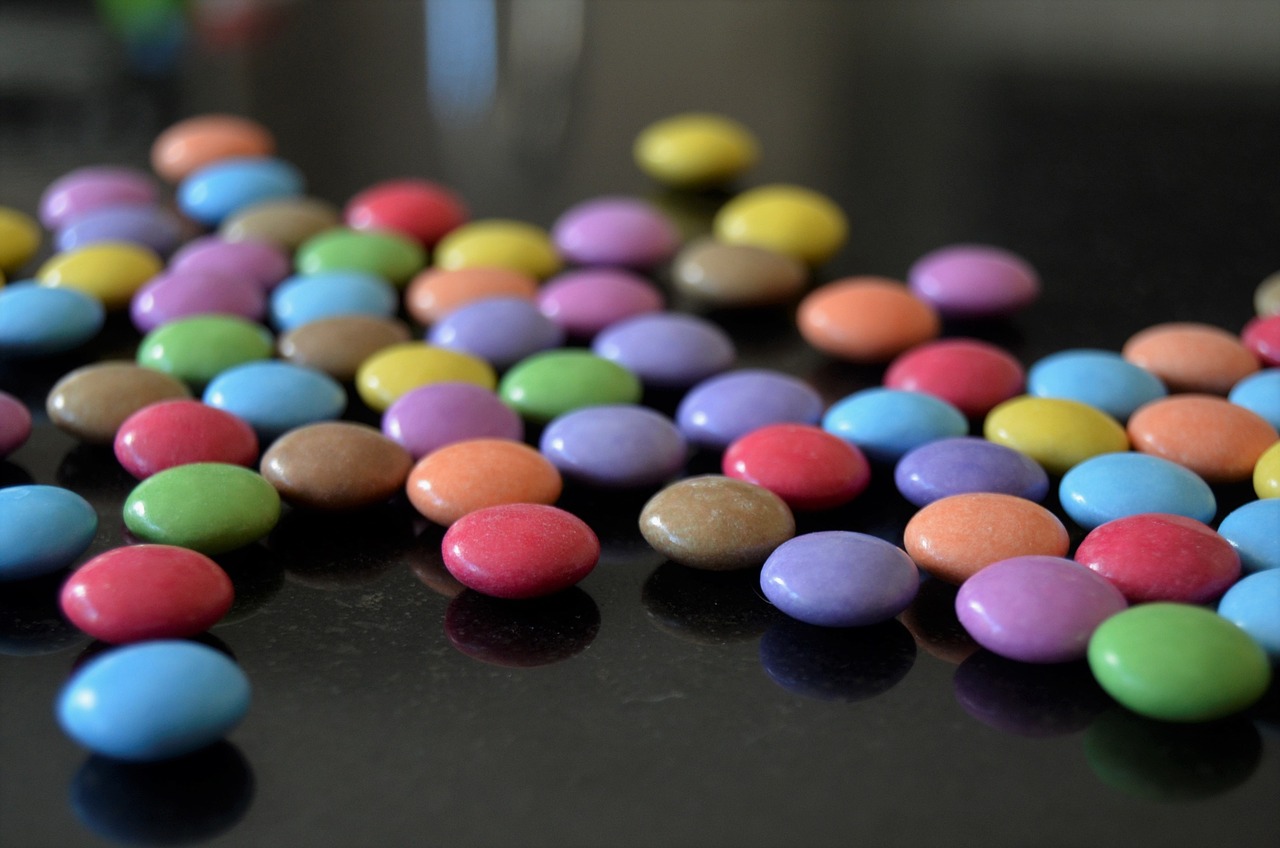Is there a pain-free alternative to insulin shots? Good news might be on the horizon for people with diabetes, as findings of a recent animal study suggest that a swallowable insulin pill tucked in a piece of chocolate might replace painful insulin shots in the future.
Around 425 million people in the world have diabetes and 75 million of them depend on insulin injections to manage their blood sugar levels.
Scientists from the University of Tromsø (UiT) The Arctic University of Norway explored alternatives to insulin shots and developed an encapsulated pill with tiny nano-carriers of insulin designed for direct delivery to the liver.
“This way of taking insulin is more precise because it delivers the insulin rapidly to the areas of the body that need it most. When you take insulin with a syringe, it is spread throughout the body where it can cause unwanted side effects,” said Peter McCourt from UiT The Arctic University of Norway, a researcher behind the study published in the journal Nature Nanotechnology.
Unlike many medicines that can be swallowed, insulin has to be injected, as it breaks down in the stomach before it reaches the liver. However, researchers solved the hurdle by creating a protective coating that can only break down in the liver when the blood sugar levels are high.
“We have created a coating to protect the insulin from being broken down by stomach acid and digestive enzymes on its way through the digestive system, keeping it safe until it reaches its destination, namely the liver,” McCourt explained.
“This means that when blood sugar is high, there is a rapid release of insulin, and even more importantly when blood sugar is low, no insulin is released,” said Nicholas J. Hunt from the University of Sydney, a researcher who co-led the project.
“In order to make the oral insulin palatable we incorporated it into sugar-free chocolate, this approach was well received,” Hunt added.
According to Hunt, the pills offer a more practical and patient-friendly method of managing diabetes and reduce the risk of hypoglycemia. The technique allows the controlled release of insulin based on the patient’s requirements, unlike injections where all the insulin is released in one shot.
The researchers said the pill’s insulin delivery technique works similarly to how insulin works in healthy people and will have fewer side effects.
“When you inject insulin under the skin with a syringe, far more of it goes to the muscles and to adipose tissues that would normally happen if it was released from the pancreas, which can lead to the accumulation of fats. It can also lead to hypoglycemia, which can potentially be dangerous for people with diabetes. With the new method, there will be fewer such side effects. In addition, you do not need to stab yourself with a needle and you can take the medicine you need in a slightly more discreet way. Also, this form of insulin does not need to be refrigerated,” the researchers said.
The oral insulin has been tested on nematodes, mice and rats that have diabetes. In a recent trial, researchers tested them on 20 healthy baboons and found them to have reduced blood sugar levels.
The human trials will begin in 2025, and researchers hope the new medicine could be available for use in two to three years.


